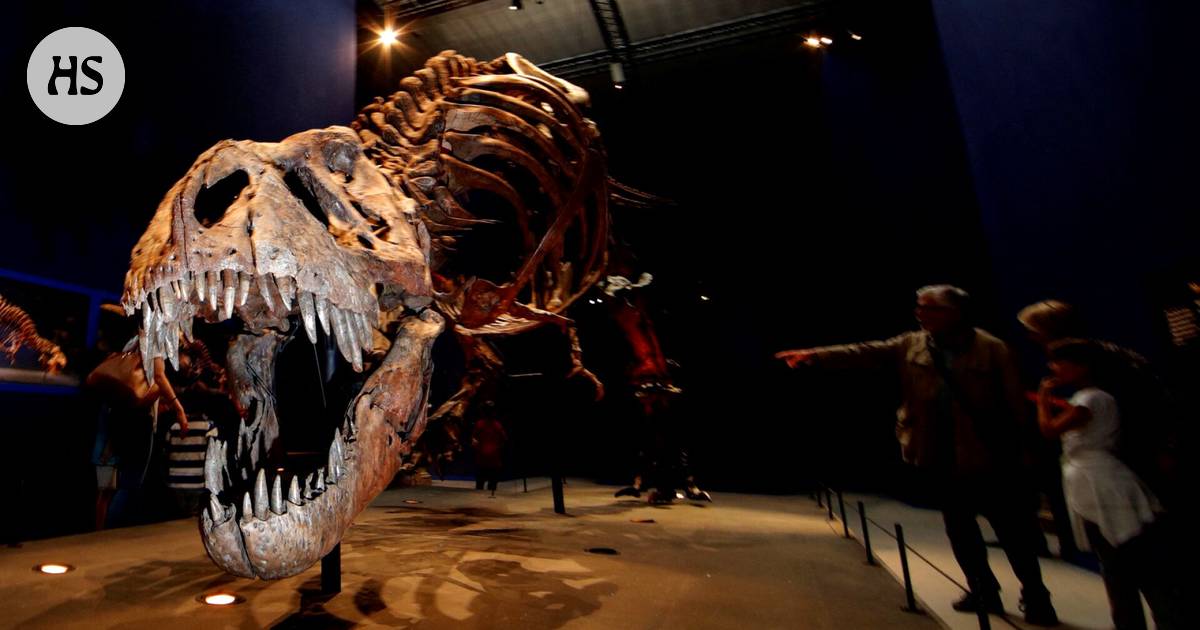A recent study has shed light on the specific region in the brain that controls our desire to help others. Researchers tested patients with brain damage and found that the vmPFC area in the prefrontal cortex plays a crucial role in this willingness. Individuals with damage to this region were less eager to help compared to those with lesions elsewhere in the brain or no brain damage at all. The findings were published in the science journal Nature Human Behaviour.
The vmPFC region has previously been linked to decision-making and operational control. In this study, three groups of participants were involved: 25 with lesions in the vmPFC region, 15 with lesions elsewhere in the brain, and 40 in a control group with no brain damage. Participants interacted anonymously with another person and engaged in a decision-making task that measured their willingness to exert physical effort for monetary rewards for themselves and the other person.
The experiment utilized a device that measured compression force to gauge physical effort and create a sense of real consequences for participants. The results showed that individuals with damage to the vmPFC region were less likely to make helpful choices and put in less effort when helping, resulting in lower overall earnings compared to the other groups.
Researchers emphasize the importance of understanding how our motivation to help others is developed, particularly given global challenges such as poverty, inequality, and climate change. They also hope that these findings will contribute to treatments for disorders such as psychopathy by identifying specific regions of the brain associated with altruistic behavior.
Overall, this research offers valuable insights into psychological mechanisms underlying altruistic behavior, which can be applied towards improving human well-being and social cohesion.



:quality(75)/cloudfront-us-east-1.images.arcpublishing.com/elcomercio/UL2VPXWW6JFDRIUDNDKZG2UWWY.jpg)